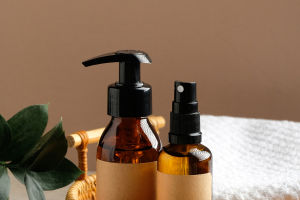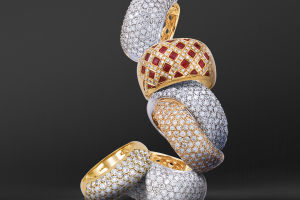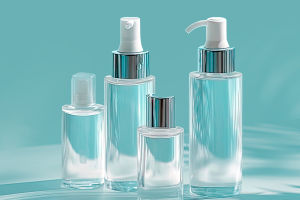Picture this: You step into the shower, ready to wash your hair, but suddenly, you realize that your shampoo bottle is empty. You glance around and spot the shower gel—what if you just use that instead?
It’s a tempting thought, especially since both products come in similar bottles and have comparable textures. But before you lather up your hair with shower gel, let’s explore whether it’s a good idea.
While it’s easy to assume that shower gel and shampoo are interchangeable, the reality is that they are quite different. Let's take a closer look at what makes these two products unique and why they should not be swapped without careful consideration.
Shower Gel vs. Shampoo: What's the Difference?
Both shower gel and shampoo are liquid cleansers, but they serve distinct purposes. The most significant difference lies in their formulation and intended use.
Shampoo is specifically designed for hair and scalp health. It’s formulated to cleanse hair without stripping away essential natural oils. Shampoos also contain conditioning agents that help maintain softness and manageability.
Shower Gel, on the other hand, is intended for skin. While it can cleanse the body effectively, it’s often more concentrated with fragrances and typically doesn’t include ingredients that benefit hair health. Shower gels are designed to moisturize and cleanse without being overly harsh on the skin’s natural barrier.
Ingredients and pH Levels: What You Should Know?
Both products contain surfactants that bind to dirt and oil, helping to cleanse the skin and hair. However, their concentration and composition vary.
Shampoo formulas are gentler on the scalp and hair to avoid stripping away too many natural oils. On the contrary, shower gel is less concerned with preserving the skin’s oils and focuses more on hydration and fragrance.
One critical distinction lies in pH levels. The pH of hair is around 3.6, and the scalp is closer to 5.5, while most shower gels have a pH level of around 9-10. Using a product with a higher pH on hair can lead to dryness, frizziness, or even hair breakage over time. Shampoo, on the other hand, has a more hair-friendly pH range of 6-7, maintaining the balance needed for healthier hair.
Can You Use Shower Gel on Your Hair?
In an emergency, using shower gel to wash your hair might not cause any immediate harm, but it’s not an ideal solution. The lack of conditioning agents and the higher pH can leave your hair feeling dry and tangled.
Shower gels are designed to cleanse skin, not hair, so don’t expect your strands to feel as smooth or manageable as they would after a proper shampoo.
However, if you find yourself without shampoo and need to wash your body, using a small amount of shampoo in place of shower gel is generally safe. Just be cautious if you have sensitive skin or if the shampoo contains ingredients like sulfates, which may irritate your skin.
The 2-in-1 Dilemma: Convenience vs. Results
For those who prefer simplicity, 2-in-1 products that combine shampoo and shower gel into one bottle may seem like a convenient option. While these products can work well for those with straight or fine hair, they’re not always the best choice for people with textured or coarse hair.
The ingredients might leave hair tangled or lead to dryness, especially if the product is formulated for general use rather than specific hair needs like moisturizing or volumizing.
The Bottom Line
While it might be tempting to grab the closest bottle when your shampoo runs out, using shower gel on your hair is not the best long-term solution. Shampoo and shower gel are both cleansing agents, but they’re made for different purposes. Shampoo nourishes and protects your hair, while shower gel focuses on your skin’s needs.
In a pinch, shower gel can clean your hair, but don’t make it a habit. For better hair care and healthier skin, stick to the products formulated for their specific purposes.
And if you want convenience, consider a 2-in-1 product, but be sure to choose one that suits your hair type and skin sensitivity. Ultimately, dedicated products will yield the best results for your beauty routine.


